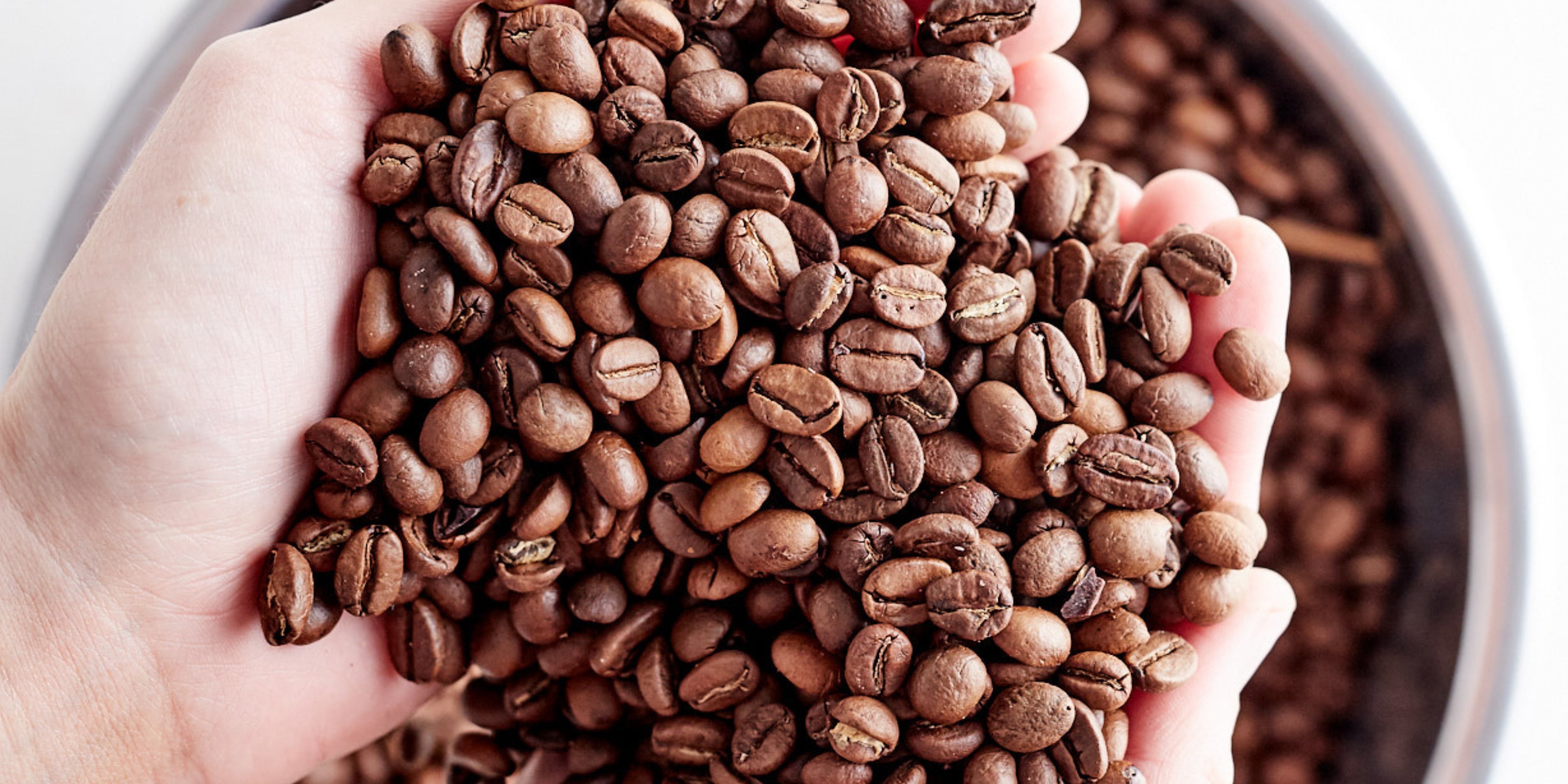From Bean to Brew: The Art and Science of Making Coffee

For many of us, the morning ritual of brewing a cup of coffee is a cherished routine. But have you ever stopped to wonder about the intricate journey that transforms a humble coffee bean into that aromatic elixir we crave? Let's take a journey through the fascinating process of how coffee is made.
The journey begins on coffee plantations around the equator, where coffee plants thrive in the tropical climates of countries like Brazil, Ethiopia, Colombia, and Vietnam. Coffee cherries, the fruit that houses the coffee beans, are carefully handpicked when they reach their peak ripeness. This labor-intensive process ensures the highest quality beans for the next steps in the coffee-making journey.
Once harvested, the coffee cherries undergo processing to extract the beans. There are two primary methods: the dry process, where the cherries are sun-dried before being mechanically hulled, and the wet process, which involves removing the pulp and skin from the cherries before fermenting and washing the beans. The method chosen often depends on regional traditions and the desired flavor profile.
After processing, the coffee beans are milled to remove any remaining layers of parchment or husk. This meticulous step is crucial for achieving consistency in flavor and quality. The beans are then sorted based on size and density to ensure uniformity, a critical factor in the subsequent roasting process.
Roasting is where the magic truly happens. The green coffee beans undergo a carefully monitored heating process that transforms them into the aromatic and flavorful beans we recognize. The roast level can significantly impact the taste profile, with variations ranging from light roasts with bright acidity to dark roasts with bold, smoky flavors.
Once roasted, the coffee beans are ground to the desired coarseness, depending on the brewing method. The grind size plays a crucial role in extracting the flavors from the coffee during brewing, making it an essential consideration for any coffee enthusiast.
Finally, it's time to brew. Whether you prefer a classic drip coffee maker, a French press, an espresso machine, or any of the myriad brewing methods available, the ground coffee is combined with water to extract the flavors and aromas. The brewing process allows the magic of the coffee beans to fully unfold, resulting in the liquid gold we savor in our cups.
The journey from bean to brew is a testament to the craftsmanship and dedication that goes into making a perfect cup of coffee. As you savor your next cup, take a moment to appreciate the intricate process that transforms a simple coffee bean into the delightful beverage that fuels your day!



